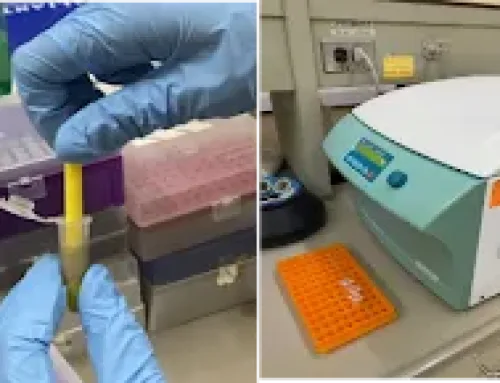In this Article
The Philippine milkfish industry had expanded from traditional extensive culture in brackishwater ponds to semi-intensive and intensive culture systems including off-shore pens and net cages. These had resulted to the establishment of more private and government-owned milkfish hatcheries operating in the country. Despite the documented success of milkfish hatchery, there is still an existing shortage of fry and fingerlings for ponds and cage culture in the country. Based on personal observations and farmer enquiry, about 50% of the milkfish produced in the hatchery are lost in the nursery stage for reasons like poor pond preparation, mortality as a result of stress due to transport, predation, etc. The problems in the nursery phase of milkfish production were overlooked and were not given enough priority. Normally, survival rate in the nursery averaged to a low of 20-40%. The loss incurred during transport from the nursery to grow-out ponds and especially to cages is not yet included. Thus, studies to improve survival in the nursery, as well as optimum conditions of transport from the nursery to the grow-out ponds and cages, is essential to optimize fry and fingerlings production for the Philippines to be self-sufficient in meeting the fingerling requirements of the fast-growing milkfish industry.
This project aims to improve the current pond management procedures and practices in milkfish nursery ponds; establish the optimum feeding scheme for intensive nursery production of milkfish; produce protocol on various aspects of milkfish transport; provide support to the industry of milkfish as tuna bait in the country.
By the end of the project, it is hoped that there will be an increase in increased milkfish fingerling survival in nursery and during transport (from 35% to 70% survival).










